I have previously written about adapting a 675 hearing aid battery for use in cameras that require a 1.35 volt PX625. I was pretty confident at the time that since hearing aid batteries operate at 1.4v that this was the solution to this problem… I have since found out that actually, this solution is not always quite as ideal as I had originally thought.
I recently bought a Leica M3; with it came a Leica MR-4 meter. The Leica MR-4 requires a 1.35v px625 shaped battery. No problem I thought, I will just do my usual trick of padding the battery compartment with playdoh or blutak. Unfortunately, this doesn’t work with the MR-4; it didn’t matter how tight I packed the battery compartment, the connection wasn’t quite positive enough and the meter would stop working in the field. When this happened, I would have to take it off the camera, open the bottom, prod at the blutak a bit… … etc. The photo would be missed.
The solution was initially to try a modern 1.55v PX625. Whilst the battery fit tightly, the voltage was so wrong I would have to adjust the ISO setting to compensate. Normally, this doesn’t bother me, but with a Leica, I just wanted it to be right!
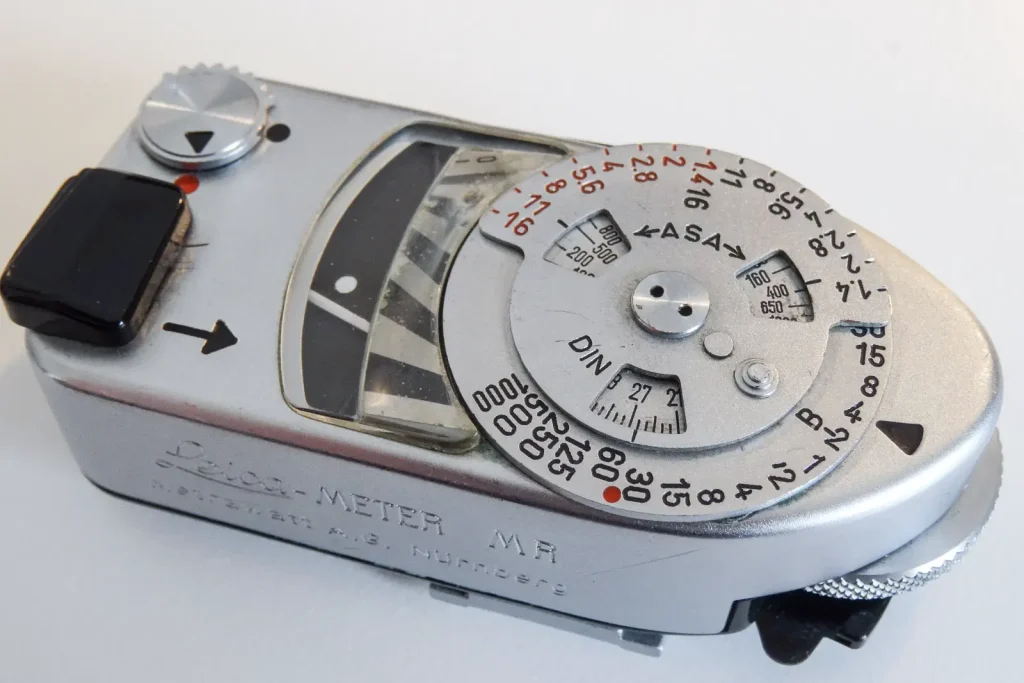
A quick search on google and I find the MR-9 battery adapter on Small Battery Company’s website. A website that, by coincidence, had been recommended to me just the day before!
I’ll let you read the technical specs and limitations of this adapter on the Small Battery Company’s website, as they are the experts here. But in short, it allows the use of the very common 386 battery in cameras that require a 1.35v mercury oxide MR9, PX13 or PX625 battery. It does this not only by adapting the shape of the battery, but also by lowering the 1.5v of the 386 to 1.35v.
In the following 3 photos you can see the MR-9 battery adapter on the left, with a modern PX625 on the right.
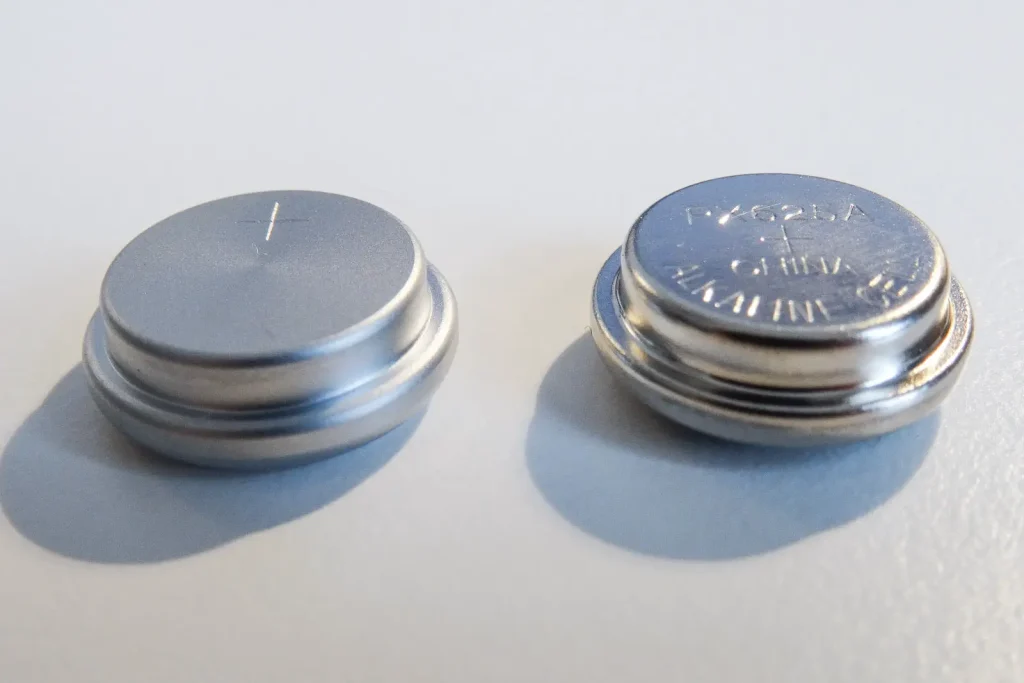
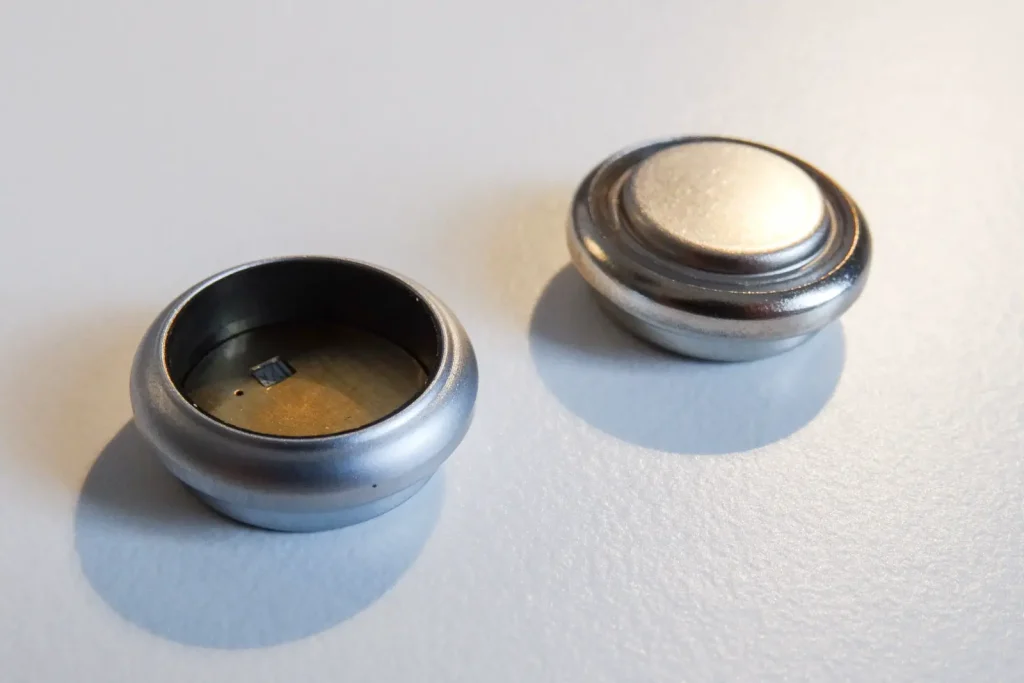
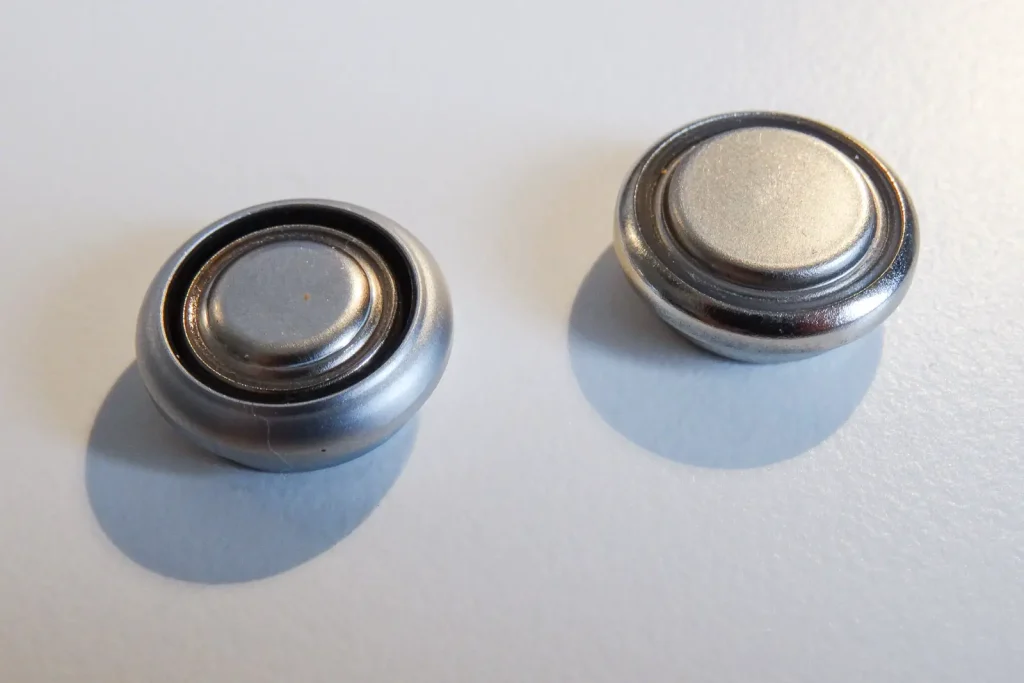
Here you can see the MR-9 battery adapter fitting perfectly inside the Leica MR-4
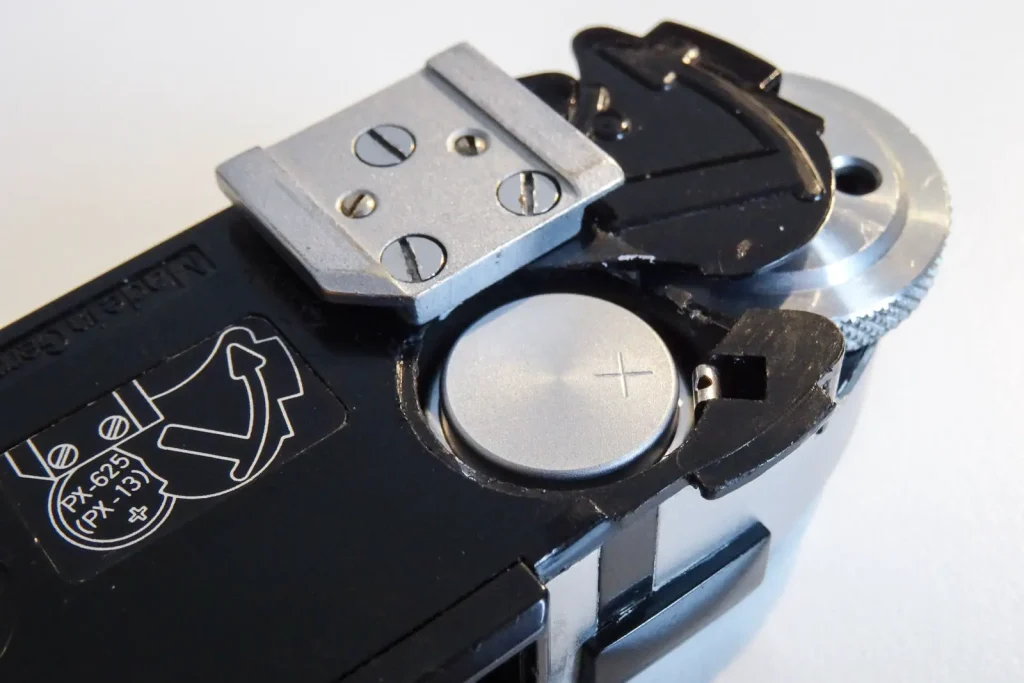
And finally, the moment of truth… The MR-9 battery adapter giving the Leica MR-4 the correct voltage.
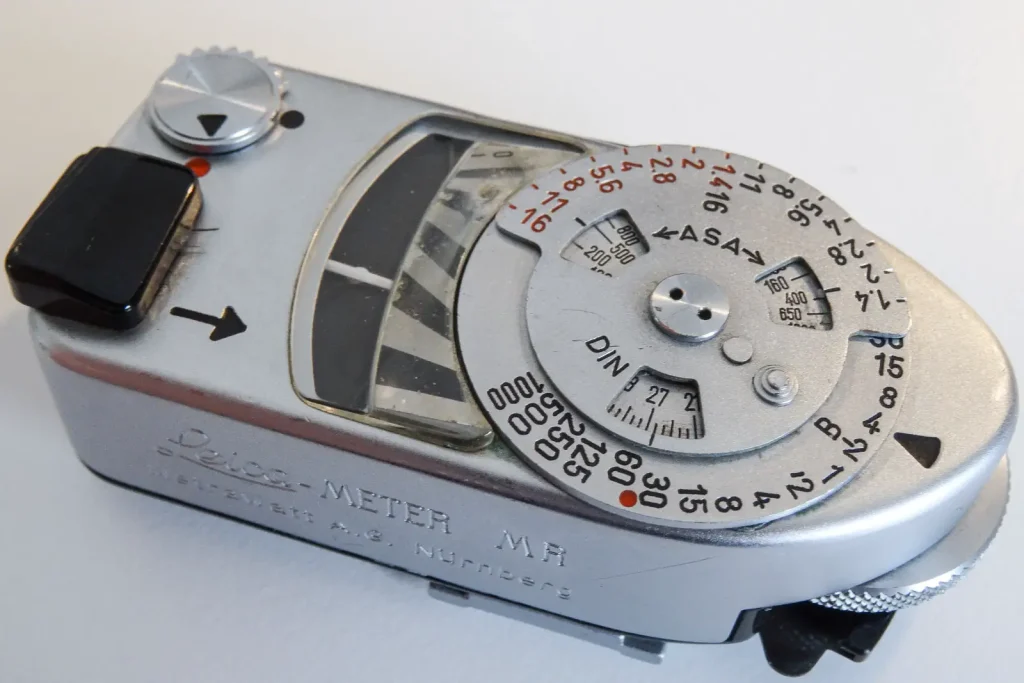
Works perfectly! The only disadvantage of this solution is the price… At nearly £30 the MR-9 battery adapter is not cheap. Though I suspect this price is due to the economies of small quantity manufacture. And actually, since it is only an adapter, after the initial purchase, it will never run out of power itself, it will just need topping up with the abundant and fairly inexpensive 386 batteries.
Lastly, just a quick thanks to the Small Battery Company who shipped the adapter to me very promptly! I know who I will be buying my camera batteries from in the future!
Cheers for reading!
Hamish
Share this post:
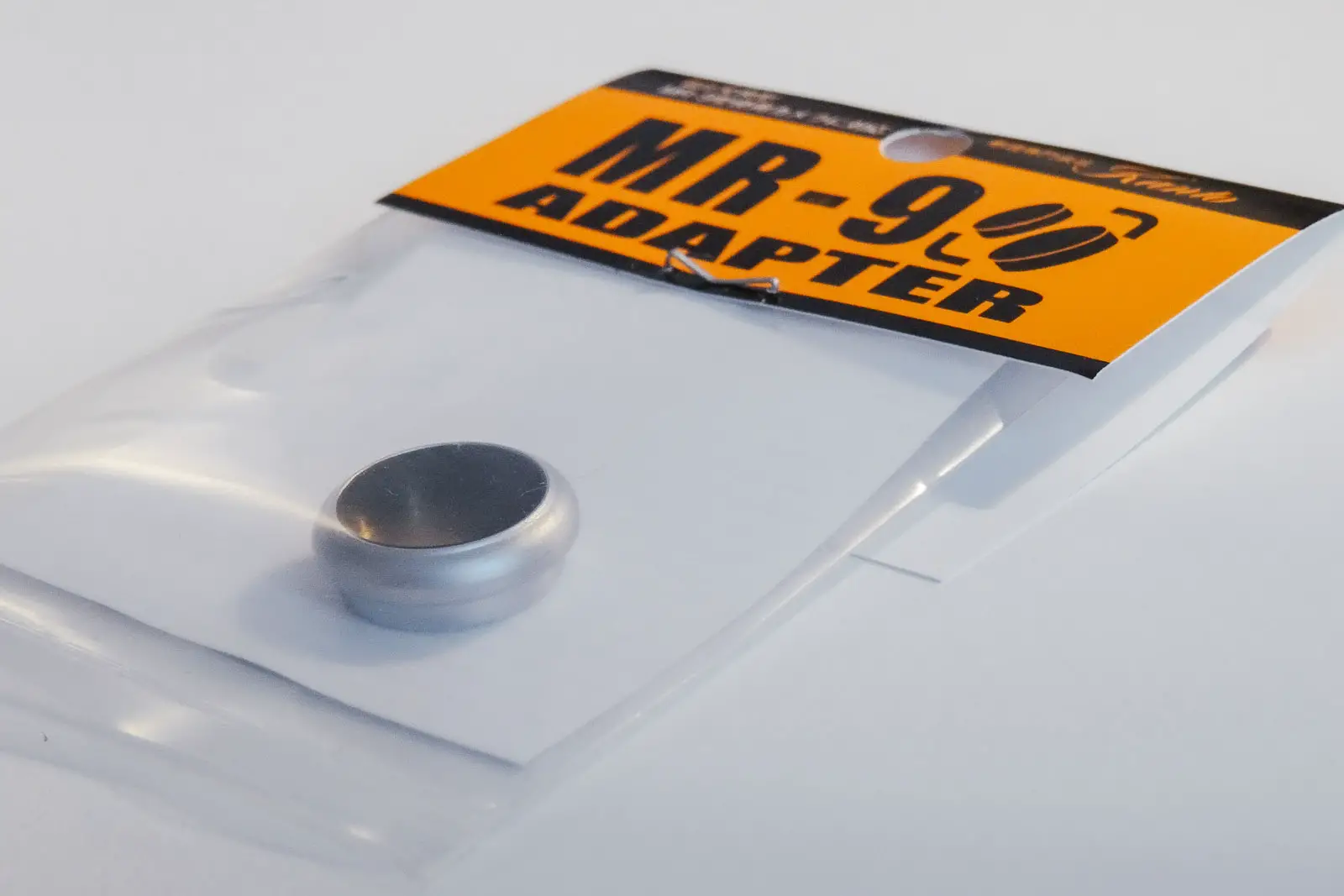
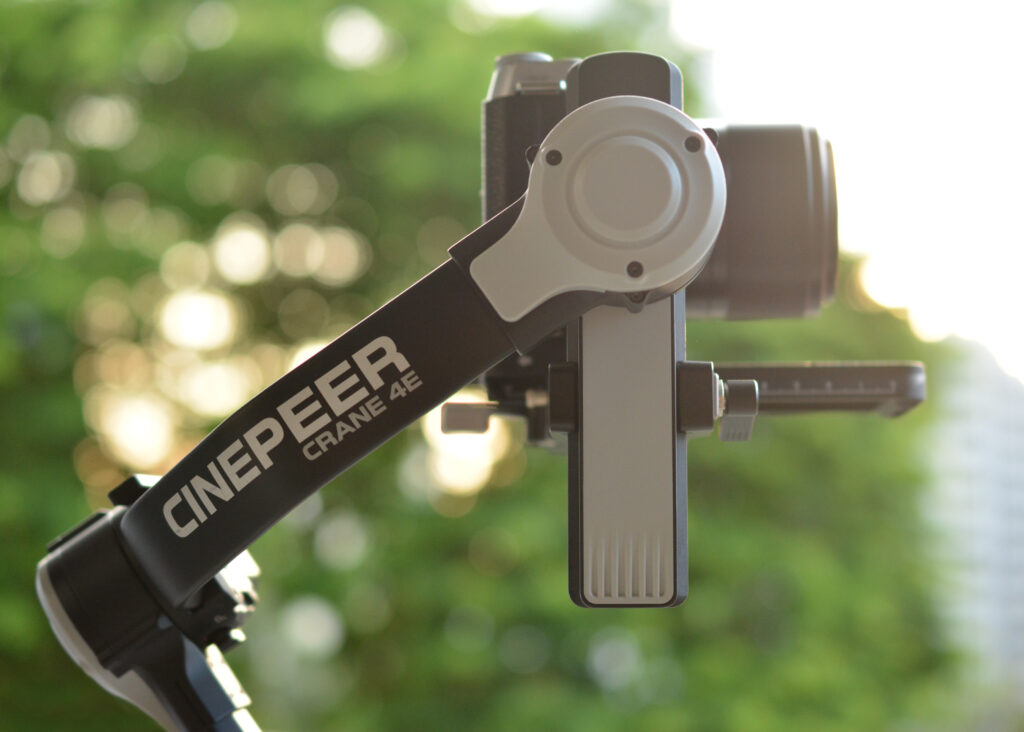
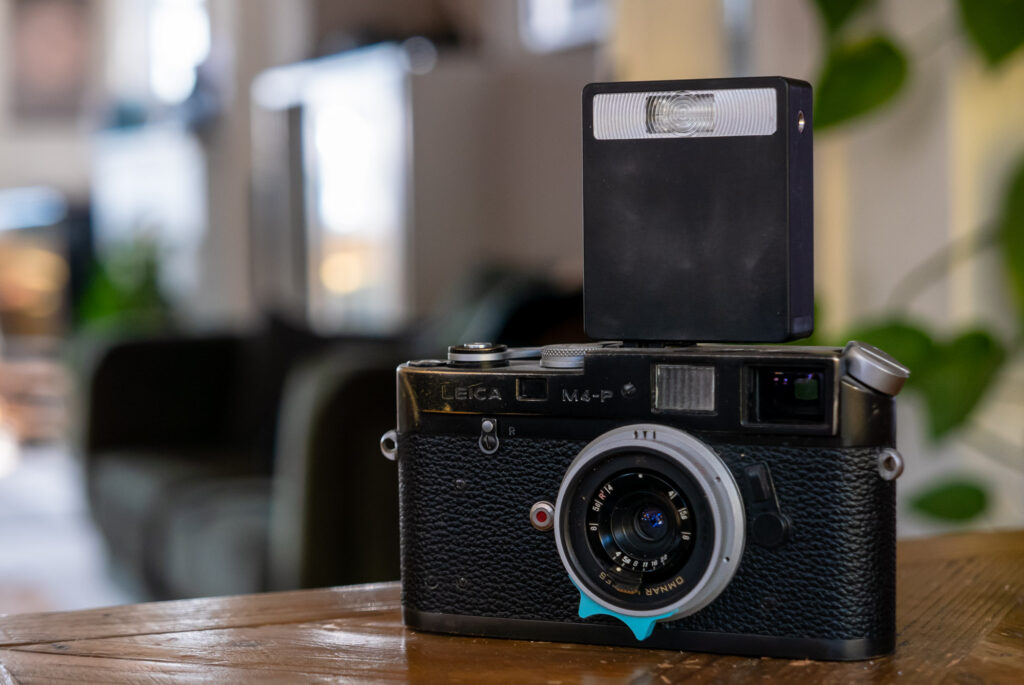
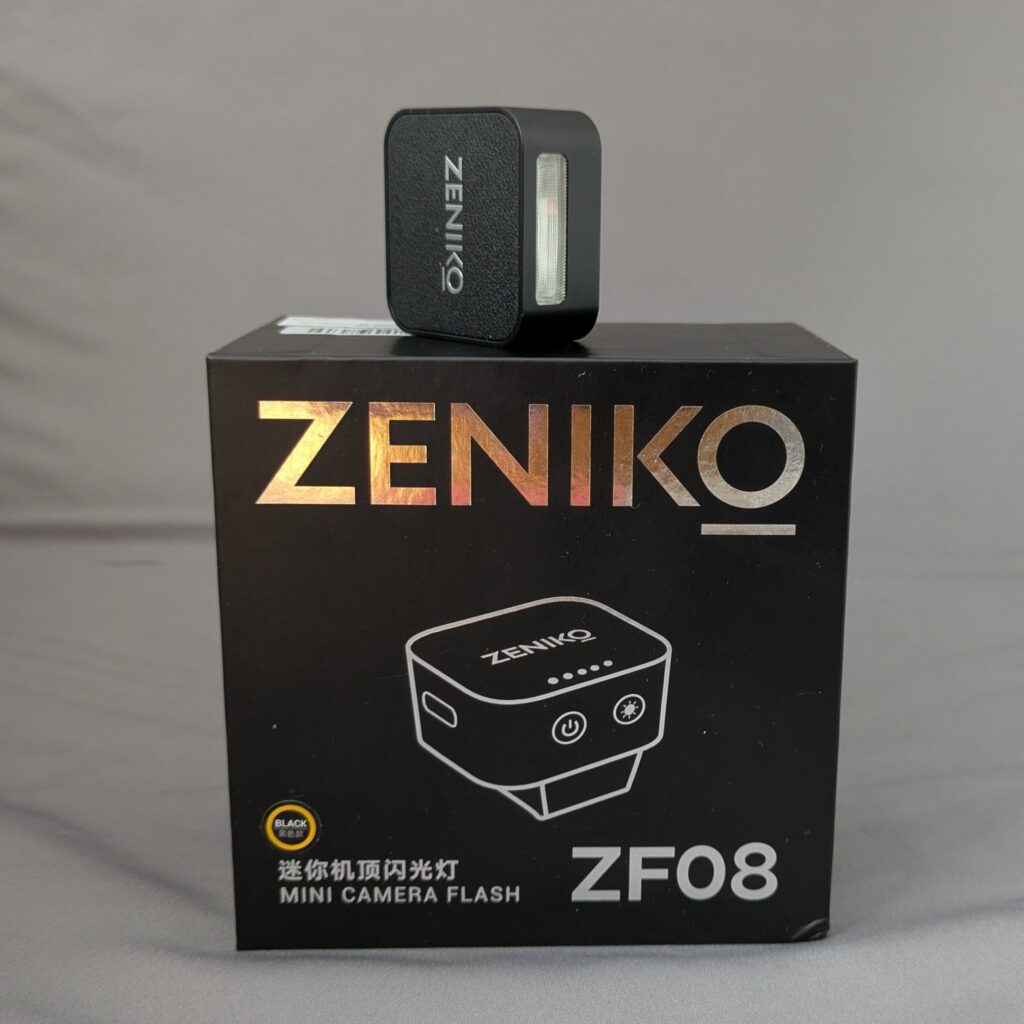




Comments
The Leica M5 - 35mm on MR-9 Battery Adapter
Comment posted: 17/10/2015
Minolta SR-T 202 review - Kosmo Foto on MR-9 Battery Adapter
Comment posted: 02/04/2019
Dan on MR-9 Battery Adapter
Comment posted: 21/04/2019
Comment posted: 21/04/2019
Miguel on MR-9 Battery Adapter
Comment posted: 05/11/2019
Indeed, there are cheap ones on eBay and Amazon that do not seem to have the microelectronics that lower the voltage. Here's the original description from Small Battery Company (in case it helps anyone go for the proper option and not get fooled by cheap sellers):
"The "Rolls Royce" solution to problem of the discontinued Mercuric Oxide MR9, PX13 and PX625. Our MR-9 Adapter has the outer dimensions of the PX625 mercury cell with a recess that takes the inexpensive and easily obtained silver oxide 386 cell. Buried within the MR-9 Adapter are micro electronics that drop the voltage from the 1.55 Volts put out by the silver oxide cell to the 1.35 Volts that your camera was designed for."
David Wignall on MR-9 Battery Adapter
Comment posted: 26/10/2021
I've monkeyed around with old batteries enough in the past to make me avoid any camera that needs the Mercury cell.
Maybe I'll give them another chance now I know there is something I can buy to work around the issue.
Thanks for your commitment to using antique photography equipment!
Michael S. Goldfarb on MR-9 Battery Adapter
Comment posted: 09/01/2022
I got these on Amazon, and while, yes, the description does mention that these "MR9 adapters" don't change the voltage, it's buried and very easy to miss. Worse, the package comes without any instructions or documentation. Anyway, if you see the following title on Amazon, AVOID!
FASTROHY 2Pcs MR-9 Battery Adapter Replacement for Film Camera and Exposure Meter MR9 PX625 PX13
Comment posted: 09/01/2022
grain_frame on MR-9 Battery Adapter
Comment posted: 10/09/2022
John H Osterholm on MR-9 Battery Adapter
Comment posted: 18/02/2023